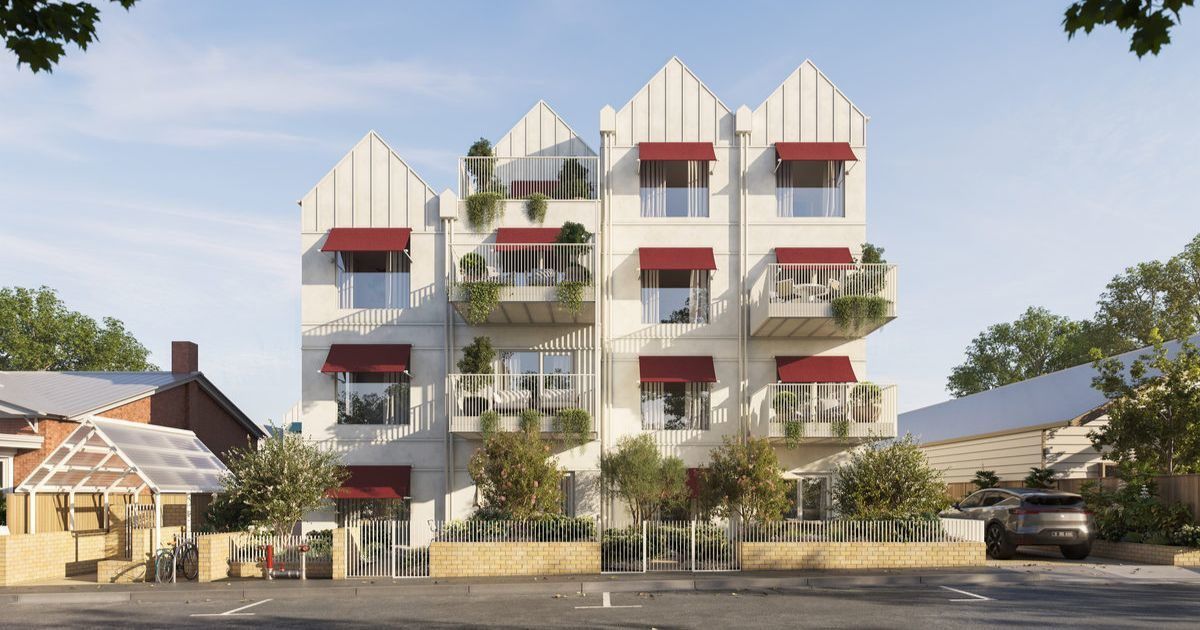RBA hikes interest rates again
The central bank has hiked rates for the fifth month in a row.
The 50 basis point lift brings the official cash rate to 2.35 per cent – the highest level since 2015.
The Reserve Bank of Australia started lifting interest rates in May in response to fast-rising inflation.
Another rate rise was broadly expected, with core inflation sitting at 4.9 per cent – well above the target band of two to three per cent.
The central bank’s aim is to lift rates high and fast enough to dampen demand and cool inflation, but not so aggressively as to trigger a recession and job losses.
Provided banks pass on rate hikes to customers, the interest rate increase will lead to higher repayment for variable rate mortgage holders.
For a typical mortgage holder with a $750,000 debt and 25 years to go on their loan, RateCity data shows another 0.5 percentage point hike will see them pay $922 more a month than they were in May before rates started rising.
PropTrack economist Eleanor Creagh said the aggressive hiking cycle has triggered a fall in house prices, with house prices now sitting 2.7 per cent below their March peak.
But outside the housing market, the impact of rate rises is yet to show.
Consumer confidence is down, but the labour market remains tight, unemployment is still exceptionally low, spending shows no signs of a slowdown and business conditions remain healthy.
“These conditions have allowed the RBA to continue raising the target cash rate toward their estimates of the neutral rate, while monitoring the evolution of household spending as interest rates rise – a key source of ongoing uncertainty,” Ms Creagh said.
She said Tuesday’s rate hike would push property prices down even further because borrowing would get even more expensive.
Rising interest rates and soaring inflation are taking their toll on Australians’ mental health, with frontline services ranking cost of living and personal debt as the biggest risk to suicide rates.
Prime Minister Anthony Albanese acknowledged the financial pressure Australians were under and said there would be some measures to ease cost of living pressures in the October budget.
“We will soon be preparing our first budget and we need to address the cost of living issues Australians are facing while being mindful of the trillion dollars of debt we have inherited,” he said during a partyroom meeting.
Opposition Leader Peter Dutton called on the government to come up with a plan to ease living pressures, especially high energy bills.
“The prime minister promised on 100 occasions before the last election that the power prices of families would come down by $275. Now, he’s not mentioned that figure one day since,” Mr Dutton told reporters on Tuesday.
More rate rises are likely, with Westpac economists expecting to see the cash rate lift to 3.10 per cent by the end of the year before peaking at 3.35 per cent in February
The bank then expects rates to start dropping in 2024.
By Poppy Johnston in Canberra


















